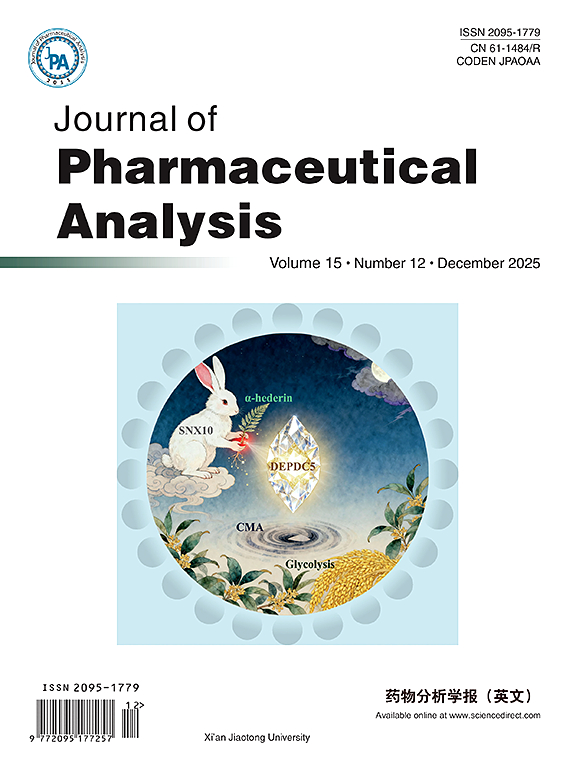It is highly advised to use this template to prepare your paper before you submit your manuscript.
Original Article/Short Communication/Review Article.
Title Page (a separate page before main body)
Title:Direct observation of chemical oscillation at a water/nitrobenzene interface with a sodium-alkyl-sulfate system
Author:
Affiliations:
Corresponding author: E-mail address.
The Title
Example:
Direct observation of chemical oscillation at a water/nitrobenzene interface with a sodium-alkyl-sulfate system
(Title must address the main result of the study and preferably not exceed 185 characters, including spaces. )
Author
Author NAMEa, Author NAMEa, Author NAMEa, Author NAMEb*
(Examples: Robert M. (given name) Corn(surname)a, Benli Huanga, Tsuguo Sawadab,*)
a Affiliation, Address, Town ZIP Code, Country (Example: Department of Applied Chemistry, Graduate School of Engineering, The University of Tokyo, 7-3-1 Hongo, Bunkyo, Tokyo 113-8656, Japan
b Affiliation, Address, Town ZIP Code, Country (Example: School of Medicine, Xi’an Jiaotong University, No. 76, Yanta Weststreet, #54, Xi’an, Shaanxi Province 710061,P.R. China)
* Corresponding author(s). E-mail address: xxxx@aaa.bbb.ccc (T. Sawada)
Abstract
For “Original Papers” and “Reviews” give an abstract of about 150 words, and Short communication is within 100 words.
Keywords: Xxx, Yyyyy, Zzzz (within 5 words).
1. Introduction
Abbreviations such as EDTA, CV, FTIR, and ESCA should be defined at first appearance in the text, and used consistently thereafter.
References should be cited consecutively in the text using numbers, for example, Wang et al.[1] reported …; … by Bard and Faulkner [2,3], … methods, in previous studies [4-8], …
2. Experimental
A major section of a paper may be divided into subheads, e.g., Reagents and chemicals, Procedure; and so on.
2.1 Reagents and chemicals
2.2 …………….
2.3 …..
3. Results and discussion
3.1 HPLC method development and optimization
Xxxx xxxx xxxxx xxxx xxxx xxxxx xxxx xxxxx xxxx xxxx xxxxx xxxx xxxxx xxxx xxxx xxxxx xxxx xxxxx xxxx xxxx xxxxx xxxx.
Xxxx xxxx xxxxx xxxx xxxx xxxxx xxxx xxxxx xxxx xxxx xxxxx xxxx xxxxx xxxx xxxx xxxxx xxxx xxxxx xxxx xxxx xxxxx xxxx.
3.2 …………….
3.3 …..
4. Conclusions
Xxxx xxxx xxxxx xxxx xxxx xxxxx xxxx xxxxx xxxx xxxx xxxxx xxxx xxxxx xxxx xxxx xxxxx xxxx xxxxx xxxx xxxx xxxxx xxxx.
Xxxx xxxx xxxxx xxxx xxxx xxxxx xxxx xxxxx xxxx xxxx xxxxx xxxx xxxxx xxxx xxxx xxxxx xxxx xxxxx xxxx xxxx xxxxx xxxx.
Declaration of competing interest
The authors declare that there are no conflicts of interest.
Acknowledgments (optional)
Xxxx xxxx xxxxx xxxx xxxx xxxxx xxxx xxxxx xxxx xxxx xxxxx xxxx xxxxx xxxx xxxx xxxxx xxxx xxxxx xxxx xxxx xxxxx xxxx
References
The following are examples:
Journals (The “et al.” is used when the authors number are more than 3 )
1. M. Harada, M. Shibata, T. Kitamori, et al., Development of a sensitive and rapid method for quantitation of metoprolol in human plasma by LC-ESI-MS/MS,Anal. Sci.15 (2009) 647-655.
2. Y. Yoshikawa, P. S. Dahr, H. Yamatera, A novel and rapid microbiological assay for ciprofloxacin, Chem. Lett. 25(2013) 841-846.
3. T. Buehrer, P. Gehrig, Simultaneous pharmacokinetic assessment of cefadroxil and clavulanic acid in human plasma by LC-MS and its application to bioequivalence studies, J. Pharm. Anal. 2013 (in press), http://dx.doi.org/10.1016/j.jpha.2013.03.007.
4. J. van der Geer, J.A.J. Hanraads, R.A. Lupton, The art of writing a scientific article. Heliyon. 19 (2018), e00205.
Books
5. A. J. Bard, L. R. Faulkner, Electrochemical Methods: Fundamentals and Applications, John Wiley and Sons, New York, 1980, pp. 125-139.
6. R.M. Ornaf, M.W. Dong, Key Concepts of HPLC in Pharmaceutical Analysis, S. Ahuja, M.W. Dong, Handbook of Pharmaceutical Analysis by HPLC, 2005, pp. 38- 22.
Material presented at meetings (Proceedings or Abstracts)
7. G. Kolbl, M. Krachler, K. Kalcher, Proceedings of the Fifth International Symposium on Use of Selenium and Tellurium, STDA, Grimbergen, Belgium, 1994, p. 291.
Technical reports
8. Food and Drug Administration, Guidance for Industry, INDs for Phase 2 and 3 Studies of Drugs, Including Specified Therapeutic Biotechnology-Derived Products, Draft Guidance, U.S. Department of Health and Human Services, Food and Drug Administration Center for Drug Evaluation and Research (CDER), Center for Biologics Evaluation and Research (CBER), 1999. http://www.fda.gov/ohrms/dockets/98fr/990674gd.pdf (accessed 12.03.2013)
9. WHO, Draft Stability Testing of Active Pharmaceutical Ingredients and Pharmaceutical Products, World Health Organization, Geneva, 2007.
Standards
10. China Pharmacopoeia Committee, Pharmacopoeia of the People's Republic of China, First Division, 2010 ed. China Chemical Industry Press, Beijing, 2009.
11. National Committee for Clinical Laboratory Standards, Methods for Antimicrobial Susceptibility Testing of Anaerobic Bacteria: Approved Standard M11-A3. NCCLS, Wayne, PA, USA , 1993.
Patents
12. G. E. Erlemann, H. Ippen, Curcumin analogs with anti-tumor and anti-angiogenic properties: USA, US2008234320A1, 2008. http://global.soopat.com/Patent/Patent/49713245
Databases
13. Database of Natural Matrix Reference Materials, Compilation prepared by International Atomic Energy Agency (IAEA), http://www.iaea.org/programmes/nahunet/e4 (accessed 11 February, 2013).
Dissertations
14. R.B. Calms, Infrared spectroscopic studies on solid oxygen (Dissertation), University of California, Berkeley, 1965.
Table 1 Rate constant (k) for 2HI(g) ® H2(g) + I2(g) at absolute temperature (T)a
T/K | k ´ 105(dm3/mol s)b | Content (%) |
556 | 0.0352 | 112±8 |
575 | 0.122 | 0.92±0.11 |
683c | 51.2 | 1.15±0.08 |
a. Annotation.
b. Annotation.
c. Annotation.
(Please pay attention to the “significant digits” in the Table)
Figure Captions
All figure captions should also be supplied on a separate sheet(s). The following are the examples:
Fig. 1 Temperature dependence of the concentration of water saturated in pure nitrobenzene.
Fig. 2 Internal-reflection spectra of MB solutions with water–methanol solvents.
Concentration of MB, 5.0 mmol dm–3, (A) 0 vol% (methanol). (B) 10. (c) 20.
Fig. 3 Schematic diagram of the experimental system.
1, Hydrogen gas; 2, pressure gauge; 3, flow meter; 4, sample.
Figures
Each figure of this paper must be a TIFF file of at least 300 dpi at the final printing size (each). The x-coordinate and y-coordinate should been provided in each Figure.
Eamples (Please pay attention to coordinate system):
(1)
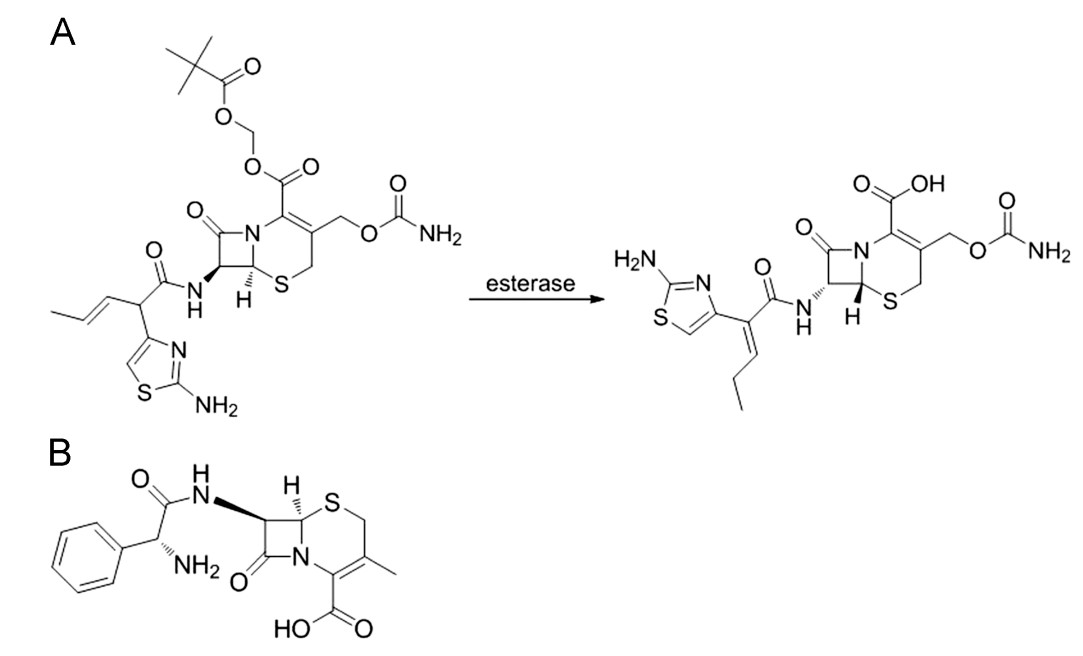
(2)

(3)
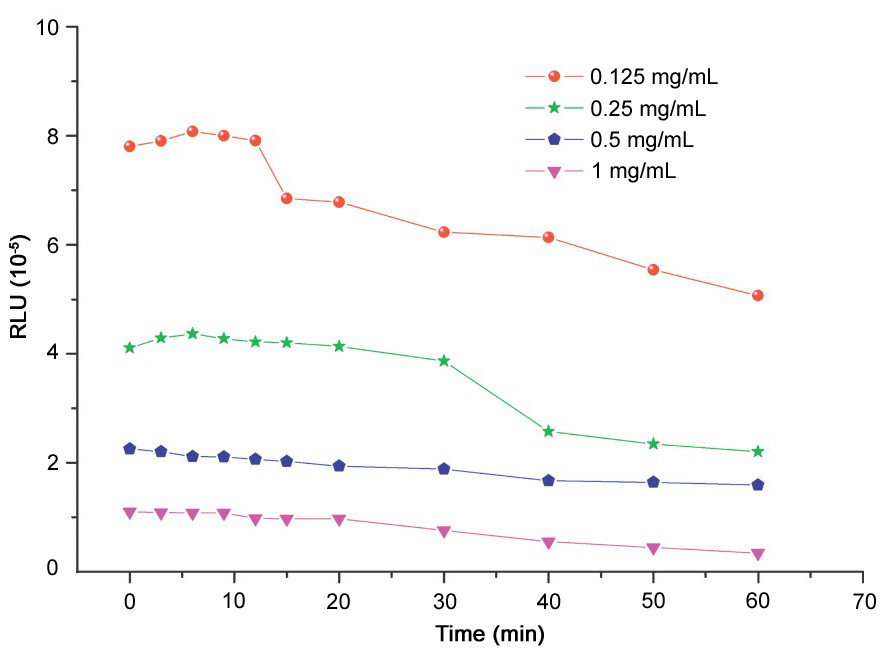
(4)
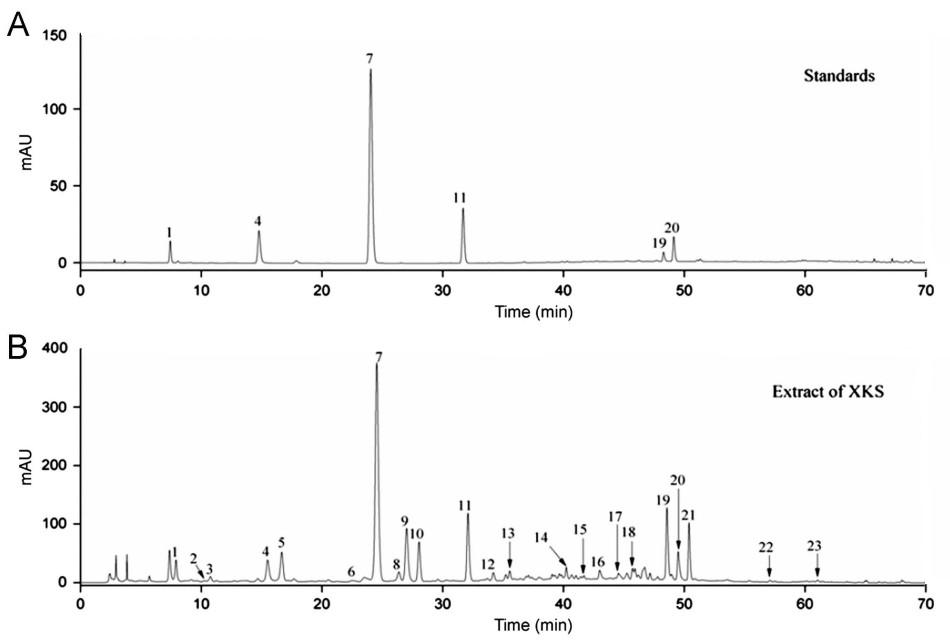
(5)

(6)
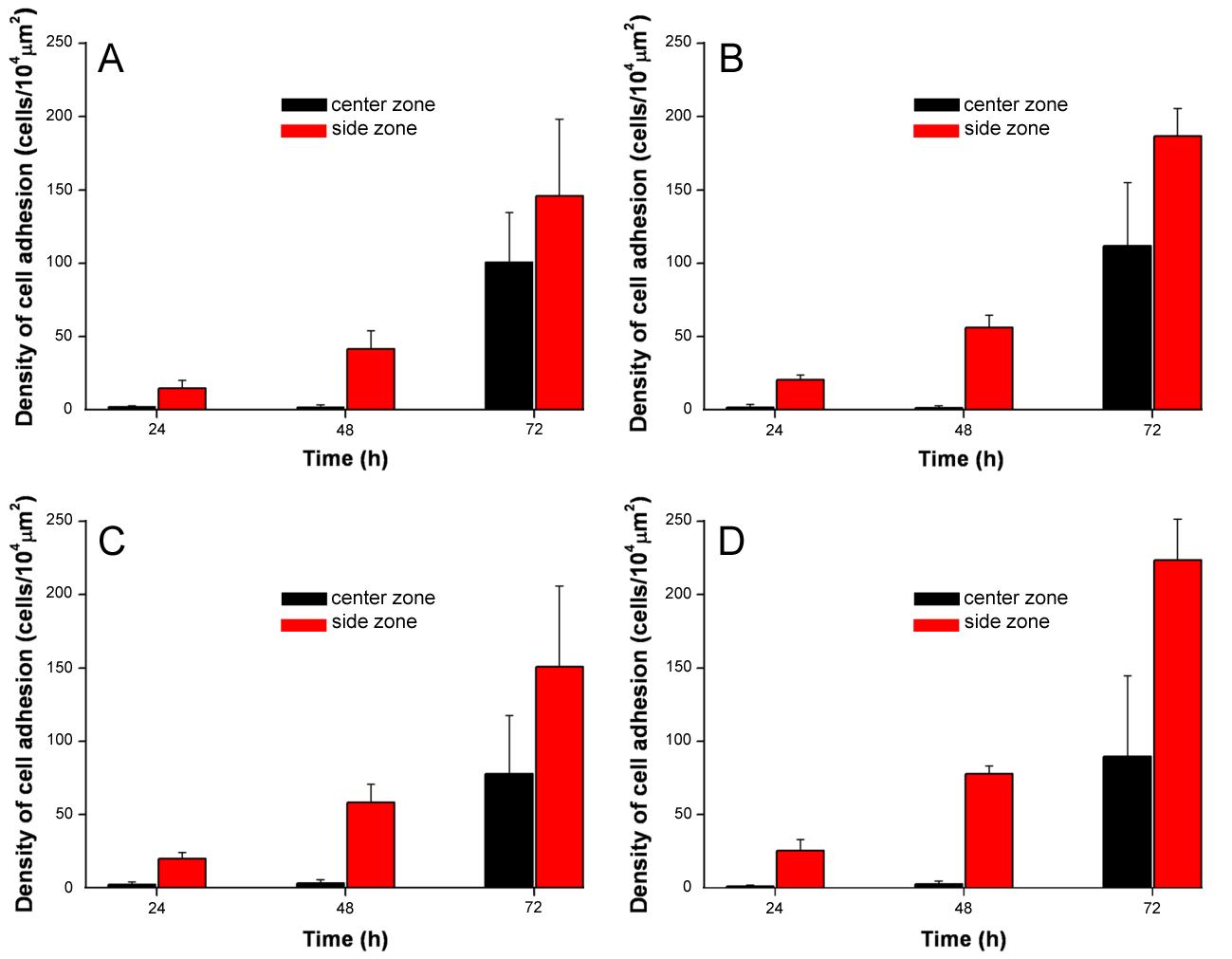
Others statement
Chemical Structures:
1. File Format:
Chemical structures MUST be prepared in ChemDraw and provided as separate file.
2. Structure Drawing Preferences: (As according to the ACS style sheet)
1) Drawing Settings:
●Chain angle: | 120° | |
●Bond spacing: | 18% of width | |
●Fixed length: | 14.4 pt (0.500 cm, 0.2 in) | |
●Bold width: | 2.0 pt (0.071 cm, 0.0278 in) | |
●Line width: | 0.6 pt (0.021 cm, 0.0084 in) | |
●Margin width: | 1.6 pt (0.096 cm) | |
●Hash spacing: | 2.5 pt (0.088 cm, 0.0347 in) |
2) Text settings:
●Font: | Times New Roman | |
●Size: | 8 pt |
3) Under the Preference Choose:
●Units: | points | ||
●Tolerances: | 3 pixels |
4) Under Page Setup Use:
●Paper: | US letter | |
●Scale: | 100% |






